Alan Davis - Does your Tech Talk Money? - PODCAST TRANSCRIPT
June 23, 2025 at 4:22 p.m.Editor's note: The following is the transcript of a live interview with Alan Davis of Ingage. You can read the interview below or listen to the podcast.
Intro: Welcome to Roofing Road Trips, the podcast that takes you on a thrilling journey across the world of roofing. From fascinating interviews with roofing experts to on-the-road adventures, we'll uncover the stories, innovations and challenges that shape the rooftops over our heads. So fasten your seat belts and join us as we embark on this exciting Roofing Road Trip.
Karen Edwards: Hello everyone and welcome to another episode of Roofing Road Trips from rooferscoffeeshop.com. My name is Karen Edwards and today's conversation is going to be all about technology and integrations and some topics that can kind of be confusing to some folks, but we're going to really bring it down and help people understand. And we've invited Alan Davis from Ingage to help us explore this topic. Alan, welcome.
Alan Davis: Well, thank you, Karen. Welcome and welcome to the audience as well. Again, my name is Alan Davis. I am the Director of Product here at Ingage. What does that mean? I kind of figure out what we need to do and how to solve customer problems.
So prior to joining Ingage a few years ago, I've had roles as software developer, sales engineers, engineering managers, business development, product and project management in small startups and large enterprises to the likes of the Motorolas and Ericssons in the world.
My passion is connecting problems and solutions, right. If a solution doesn't exist, not working, not meeting expectations, let's build something, let's make it better. So that's my role here at Ingage, connecting the industry problems with the solutions that Ingage can provide.
So, it's really exciting for me to have an opportunity to talk with your audience today a little bit more about other software can work together to help solve problems because that's really what it's all about. It's not about just investing in technology. It's about investing in solutions to the problems you have.
Karen Edwards: That is spot on. So many people are saying, "Oh gosh, I need to be using technology." But before they just go out and grab a technology, they need to look at their business and look at what problems they're looking to solve. So you opened that beautifully. Thank you.
Alan Davis: Yeah. Talking about Ingage as a company, what problems do we solve and how do we create the value to companies as well? So Ingage is the company name and the product name and we keep things simple. It's the industry-leading sales enablement presentation platform for home improvement and home services markets.
We believe it shouldn't be difficult to create these amazing presentations and be able to share those presentations with those who really want to consume that information. And most importantly, going to conversation today, how do we measure the effectiveness of that investment, the effectiveness of the content and the effectiveness of the reps using the tool?
And we do this by creating a cloud-based platform that allows you to create amazing content quickly, either from scratch or using a lot of our templates. We have a tremendous amount of support from our partners in the industry, such as CertainTeed, GAF, Owens Corning, right. Tremendous amount of beautiful content in there that you can now share with your customers in a really effective way using our platform. Lots of different ways to deliver that, whether it be a desktop or iPads.
Typically, we're doing in-home presentations, but as I mentioned, the most effective part of what we can do is now measure the effectiveness. That's why we call ourselves a sales enablement platform. It's not about presentations, right. That's just a way to be able to deliver a message. Is that a message effective? Are we showing the right kinds of things?
Do customers understand how we're doing our jobs and things like that? So the measurement is critical aspect of what we do and that's really kind of one of the foundations for the conversation today is. How can we take these various different tools to measure and understand how well our systems are working together? And if not, how can we put better systems in place and integrate them in a way that does work effectively?
Karen Edwards: Okay, so integrate, integrate. We hear this word integrate. Let's talk a little bit about what that means, just what is software integration.
Alan Davis: Let's start with the techie. Let's put ChatGTT or look it up in the dictionary. Let's add a lot of confusion before we simplify for people. So software integration is a process for connecting different software systems, applications or components to work seamlessly together. It allows data functions, workflows to be shared across platforms, improving efficiency, automation and user experiences. And integrations can involve APIs, middleware, custom-built connectors to ensure compatibility between different systems. That's a huge mouthful.
To me, okay, that's the tech world and stuff like that. Let's talk about this in the context that your industry, our industry, the roofing industry really understands. An integrated roofing system is nothing different than a software integration. So they both have seamlessly connecting different components to work effectively together. So an integrated roofing system, what do we have, Karen? We've got materials like shingles, underlayment, ventilations, all kinds of other technology going in to build a system to improve the performance, durability and the overall solution for that customer, right.
Software's the same thing. We're integrating things like CRMs, project management, accounting tools, connecting data across these various different systems. To do what? Improve efficiency, accuracy and put a better solution in place. So I really like to be able to use analogies here because the roofing industry is really coming up to speed on technology and the more we can educate people and use these analogies really helps. And it's all the same. Software are tools, nothing different. And we want to build tools and we want to build tools that work well together and systems that work well together. And that's really what it's all about.
In both cases, integrations eliminate the inefficiencies, enhance the performance and create some more reliable streamlined systems. That's really what the goal is and you can really think about that across your entire business, whether it's employees, whether it's the systems you're using to solve customer problems or how you're running your business, right. Integration is the same kind of concept across the board. So don't be afraid about software integration. You know how this works already. You know how to ask the questions. You know how to do it. It's just a matter of adapting to software versus maybe the physical world sometimes.
Karen Edwards: Yeah. So we were chatting a little bit before we started this recording and you mentioned that contractors might not be asking the right questions and I'd like to dive into that because there are a lot of solutions and a lot of options out there. And what are some of those things that contractors should be considering? Every business is different, so it's not going to be one size fits all, right?
Alan Davis: Absolutely, absolutely. And that's why it's so important to be asking the right question. So I've been doing this for a long time, lots of different industries and it is the same problem across the board, whether it be roofing or finance or other technical solutions and things like that where people will say, "Do you integrate with XYZ product?" And what's the answer going to be, Karen? It's an easy answer for a salesperson, someone in the field.
Karen Edwards: Yes. Yes, we-
Alan Davis: [inaudible 00:06:14]. And I want want yeses. I want yeses across the board, but you need to qualify that yes. Now, a good salesperson, a good sales engineer will say, "Yes and here's how we do it." But a lot of times, you don't necessarily get that insights and what we really need on the software side and the people that are considering how to do this or what do you mean by integration? So my question to that would be, let's step back a minute for how do you want your systems to work?
How do you want the workflows? How do you want these systems to behave? What is... What problems do you want to solve with integrations? Let's put it all aside because the idea is there's lots of different capabilities. Integrations are broad and wide and there's all kinds of different things and that, yes, can lead to a lot of incorrect assumptions and things like that.
So let's say we're having a conversation with someone looking for integrations with, let's say, Vendo. So the question may be, do you integrate with Vendo? Yes, would... could be the answer from a gauge. The better question to ask is what workflows does your integration with Vendo support and what are the benefits? So, what you want to be able to understand is the workflows. How is information flowing? How are people using these integrations to benefit things, right?
Karen Edwards: What is... I didn't quite catch the name of what you said. Vendo?
Alan Davis: Oh. Paradigm Vendo. Yeah, it's one of these CPQ systems that folks are using [inaudible 00:07:21]-
Karen Edwards: See, you're speaking another language to me. What is a CPQ system?
Alan Davis: Yes, it's the coding and pricing systems people are using it. Typically, that's where the reps are... in the field are using these systems and things like that. And we talk a bit more about how to put the right integrations in the right place. This is one of those kinds of examples.
Karen Edwards: Excellent. Okay, because as we're having this conversation, I'm thinking, "Okay, we've explained that Ingage is a sales enablement platform." So I'm just curious, in terms of integration, if a contractor is using a CRM system, what does that look like for Ingage to interact with a CRM system and that being the customer relationship management software?
Alan Davis: And so, Karen, that's exactly the kind of question that leads to misinformation sometimes. So while we integrate with CRMs where there's an opportunity to do that, it may not be the right integration or it might be the [inaudible 00:08:16] integration. So, let's go back to my example with a CPQ system, the configure price quote. If someone asked me, how do you integrate with a CPQ system? I would say something like, "Well, there are four main benefits to integrating with CPQ system. One is we can create a unified workflow for your users to be... to use our system from that other system."
So, from Paradigm, let's say I can go ahead and launch a presentation. Great. You know what? Now, the rep doesn't have to go to another system, open up another application and navigate to another place. So they can push a button in one application that automates and launches another application. Efficiencies and workflows allows me to keep a lot more focus on the customer conversation. So that's one aspect of what something like this can do. When we start integrating with these systems, now it can start telling us more information about what's happening. So, the rep has a large-scale presentation. Who was the customer?
What was the customer name? All this information now can ride along with that action and be carried along. So, for example, we don't integrate really directly with CRMs this way because that's not typically where the reps in the field are using it. They want to be able to present presentations. They want to add context to the presentations. What we'll do is then send that data back to the CRM and the CRM will then tell the CPQ system what happened. So we have this whole loop here. So, just because someone asked, "Do you integrate with the CRM?"
Yes, we do. You can have our data show up in a CRM, but that's not really the end goal. So that's asking about a particular integration, not about the workflow. How can a rep workflow be utilized, you know, utilize your data and be able to feed my CRM with efficient information so that the answer would be more like, "Oh, well, we find out where your rep is working, be able to bring the context into that rep where they can use the application and they have everything they need at their fingertips. Who's the customer? What time's the conversation?
Everything needed is right in their system. They do their job and then that information flows back into the CRM by all these different systems and integrations and things like that." So the rep doesn't care. The rep was using a system that's already integrated by telling them who the customer is, what time that appointment is and what they need to be doing based upon the CRM telling the CPQ system and the scheduling system what they need to do.
Karen Edwards: Wow, okay. So yeah, that is a big loop.
Alan Davis: Yeah.
Karen Edwards: And can we touch on a little bit different business sizes, right? The needs of someone that's a very small operation, how do they know or what question should they be asking to make sure whatever solution they're choosing is going to be able to grow with them, that it's going to be able to meet their needs?
Alan Davis: Yeah. So I mean, I look at this industry and the five main segments, if you will. So we look at the independent contractors out there, the owner-operated. Typically, this is multiple generations, families, things like that. A lot of manual processes, probably a lot of paper, maybe some spreadsheets and things like that. The thing there is to really look at how can you be more efficient.
It's typically more efficient there because what you're looking for is people doing a lot of back-office operations and things like that. So there's usually opportunity. Timesheets is a good example for something like that. You got to take everyone's hours down every day. Does someone just write that down on a paper and hand it in or is there a way to automate that process to make the whole thing more efficient? No one wants to spend time doing those things.
So, for smaller organizations, look for the quick wins, look for something that's pretty easy, don't overcomplicate things, but start to understand how your processes start working together instead of in silence. So, for the smaller organizations, whether it be that independent contractor or some smaller roofing companies, it's really looking at how you want those workflows to work and begin to start understanding how you want them to work together. When a rep goes on-site, what information do they need at their fingertips?
Do they need the customer name? Do you need job information? Do they need the information that was collected during the qualification? Is this a roofing job? Is it a replacement? Is it insurance? All that information needs to be available to them when they do that, right. So, thinking about how they do that. Where do they get the information from and how do they pull it across? So those are usually the beginning points for a lot of the smaller organizations that have no integration or what they're doing today is a manual integration through paper and processes.
When we look at the mid-size going up towards a large enterprise roof and companies, well, there's also... there's software being built in. They've invested in software, but usually, they have invested in the technology to connect those softwares together. So, we still see a lot of siloed systems. Let's go back to our CRM and CPQ system. Marketing has a CRM system and they're marketing at people and they're collecting leads and that's great. And then there's the CPQ system where the rep is creating the quotes and working with the customer and billing out the jobs and things like that.
Well, does the rep have to go back to the CRM, look to see who the customer is, do all that stuff, copy that information over to the quote [inaudible 00:12:37]. And a great integration there is just have that information flow seamlessly from one system to the other. We have a lead. We have all the information. It belongs in the CRM, but it needs to be referenced in by the rep when they're doing their job, right. Their job to be done is to create a quote for the customer. So they need the who's the customer, what's the job, things like that along the way.
So the opportunity there is you're really creating data flows so that everyone has the information they need when they need it in the system they're working in. And that's at least from the beginning standpoint. As you get into even larger organizations, we start talking about the example I showed earlier, where I want to collect information in one place. It needs to be analyzed and reported someplace else. We have all these data flows working through a system. So, for larger organizations, they have integration strategies that show different systems and where information lives and how those map across.
So, for the larger organizations, start mapping out those workflows. Where's the data? You've already probably have some integrations running already, but figure out where those need to be more efficient and where we can optimize them for various different ways. So basically, going out and asking the people doing the job, what problems are you having doing your job? What information do you need? How many systems do you access? And where can we add more efficiency to that process through software integration?
Karen Edwards: Right. Because in the case where if your team is entering information in three different places, the chance of a fat finger typo, you know a mistake is much greater than if the systems are talking to one another.
Alan Davis: Yeah, yeah. Let's even talk about this in a broader sense about IT. I think the larger organizations or even the enterprises just managing people, how do I get people logging into systems? Do I want all my people to have 50 different passwords and 50 different logins or is there an integrated solution where you can have one password and log in everything at once?
So a lot of larger enterprises you work with ask for things like a single sign-on. The ability to put that one password and it access all the systems, right. A lot more efficient. No one's worried about things. [inaudible 00:14:25] remembering passwords a lot more secure, a lot more automated. And when you really rise up even further, even adding people or removing people from systems, that becomes an automated process as well.
You onboard an EHR system that automatically gives you access to everything you need down the line, the CRM, the CPQ and whatever it's down there. So things can be very sophisticated, not just around the data and the operations we're doing for roofing. It's also just back office operations as well can add a lot of efficiencies too to how you run your businesses.
Karen Edwards: Wow. Yeah. So like something... That sounds amazing. A single sign-on, I access all of my stuff. How do I do that? Are there companies out there that will help me do that or do I need to figure that out on my own?
Alan Davis: In most cases, when you're doing something that sophisticated, you're a large organization. Again, you're a large roofing company, you're a large enterprise company, we've got some IT staff already. And typically, what those IT people are doing before integration is manually doing all these things. So generally, it's going to be the... we need to do more with fewer people. So, how do we automate the process of doing these things? So that's pretty sophisticated kind of tools. We work directly with customers that ask us to that and we go in and do a needs analysis. What systems you're using?
How do we integrate various different points? Because it's very complicated depending on how your tech stock... tech stack is built out, different technologies. But folks like your software vendors that support these kinds of technologies have folks like myself and other systems engineers that can help guide you through that process. So lean heavily on those people and saying, "Yes, I can help you integrate." Or, "Yes, we have integration, show me, help me." So, we want systems to work together and we want to be able to share information between each other. We don't want silos.
Karen Edwards: Right. Right, right. Yeah. So if someone is talking to you, you are able to say, "Okay, let's start with what do you currently have. What are you currently using?" And then you can kind of do a little evaluation and make some recommendations.
Alan Davis: Yeah, exactly. Exactly. So, I really look at this as a consultative experience. And again, in any of these systems, you really should be thinking about it as investment. You're not buying software. You're buying solutions and you're buying technology to help solve your problems. Why buy it if it's not going to help you? And why buy it if it's going to sit in a silo and be independent and cause more friction for somebody else?
So, as we're thinking about building on our tech stacks, we want to understand how these things are all going to work together. And that's why it's really critical to understand your workflows independent of all that and understand how people want to work and where they want to work. But it's really going back to the vendors and understanding how they can guide you through the process of building out the efficient integrations.
Karen Edwards: Yeah, I think you just said understanding your workflows because, if your processes and your workflows aren't in order, technology's not going to fix that, right.
Alan Davis: I think AI is not quite there yet to read minds and understand. We should have another talk at some point. But we run into sometimes with people with their sales processes as well. When they come in, they want to look at Ingage and they want to, "Yeah, I want to do what you guys do. I need a great presentation. I need to convey confidence to my customers. I want to give reps the tools to be very successful in the field." That's great, but do you have a process that supports this tool?
Do you have a sales process that can define how should a rep use this tool? How should they interact with the customer? When they're done with this, what should they do with the information they collect along the way? So that's the workflow. That's a sales methodology that's going to use a tool to help solve the problem. But you need to understand what that methodology is, how you want people to work and how you want them to communicate and what tools they need to do the job along the way.
That's your roadmap. That's your blueprint for how you want to build out your workflows and things like that. Because in some cases, you can go to one vendor and they may have everything already. Roofing in a box, right. Maybe you got to stay around [inaudible 00:17:51] and that's great. Those are beautifully integrated systems and that allows a vendor to give you a one-stop shop.
And that may be wonderful if it supports all your workflows, but there are cases where you may grow out of those kinds of tools or the best of breed isn't quite there, you need something a little bit different or they don't support a certain aspect of where you're trying to do. So, even with these large integrated systems, you need to understand what your workflows are to make sure that they support the kinds of interactions you're looking for as well.
Karen Edwards: And are most technology vendors in terms of Ingage, if a contractor contacts you and says, "I need something. I need this solution for my sales," do you kind of look at... work with them first and say, "Well, you need to change some things about your process first. We're not going to come in and fix it for you overnight until you do these things."
We talked about that consultative kind of role. And are you finding that most tech vendors in the space will work with a contractor to look at their existing processes and help them get them where they need to be in order for the tech to work?
Alan Davis: Yeah, absolutely. Absolutely. Because it's a blocker for us. And again, coming out of an industry that's not... it's grown up, if you will, from paper and pencil and spreadsheets and logbook to use the technology. Again, it's educating the customers about how to really leverage those vendors to solve those problems for you. And being able to have those consultative conversations about what is it. [inaudible 00:19:09] really problems you want to solve and how are we going to use this technology to do it? Because you may have bad practices that we need to correct before you can use any software.
And so, a lot of times, we go in and go, "It's not us and it's not you. It's a matter. We need to mature yourself so you can start using some of these tools." I believe wholeheartedly, especially when it comes to Ingage and how we roll out our customers, that we should adapt to what they need to do, not necessarily they need to adapt to us. I don't want to come in with a stringent process and say, "This is the way you must do things," because there is a lot of different options and opinions out there. So, a lot of times, the software has to adapt, but there is a happy medium and that's where the consultative role comes in.
Either from the product team of an organization or, typically, the sales engineers and the salespeople in the organization should be asking questions around how do you want these workflows to work. What are your best practices? And help me define those for you and refine those a bit so that we can collaborate to build a better end solution because I know what I know and how the systems work, you know what you know. Let's work together and build a solution. I don't want to sell you software again. We want to partner and we want to build solutions.
Karen Edwards: Right. Yeah. You work with contractors all across the country at all different levels of their businesses and I'm just curious if you see any commonalities regardless of size, that whether you're a small or a big, that there's certain pain points that you've seen the industry really evolving and taking that step into technology. Just would love for you to share some insight onto what you are seeing as a whole.
Alan Davis: Yeah. The number one thing that I'm hearing from customers in the field is that rep workflow. How is this person working in the field? Are they effective? Are they doing what they need to do? Do they have the tools to be effective in doing that? And do we have a way to measure those people as well? And again, as we talk about now or ganizations growing from the paper and pencil, walking in with a bunch of documents and maybe some physical samples and things like that to go into more digital selling tools, the sales rep now has more to deal with and more complicated systems to manage, right.
So let's go back to the example of a non-integrated system where there's a CRM where I have to go pull the customer information out to find out where I'm going today. Then, I need to go into the coding system over here and start to build that quote out so I can start working with a customer. Then I've got to go take some measurements, some place using a third tool and then I'd love to be able to present this in an elegant way using a fourth tool. Now, I've got four tools to manage and think about. Now, again, going back to my conversation earlier. I got to log into these systems.
Do I have to have access to these systems or do they help provide internet? That's overwhelming for someone in the field sitting in that truck, knowing in five minutes, I want to sit down and sell a 50 to 100 thousand dollar job. I mean, that's angst, right. We want to remove all that. So what the industry is asking us to do is to help build that single pane of glass. Build workflows where I can work out of a system that is my primary system. So let's go back to the rep in the field. Typically, they're working on the quoting tools where that customer job is being built out.
They're speccing the systems and things like that. That's their world. So they need to, again, understand the information coming in from the CRM and they need to be able to push information out of that, but that's their world. They don't need to be to log into different systems. So, an efficient workflow in this case is we'll just open up the presentation from there. You don't need to open up Ingage. You simply push a button and there you go and there's your presentation. And Ingage, along the way, can collect analytics that can feed back into your reporting system to understand how well that rep did what they needed to do.
Now, even the recording tools. The Rillas and the Siros of the world out there as well, same idea. These things are all built in to help the efficiency of the workflows and build the confidence in the rep in field. So it's really all about the efficiency, the confidence and what that drives is a better relationship with the customer. When the rep is now talking directly with the customer, feeling good about it, not fumbling around with things, providing the information, more importantly, listening to what the customer's having to say, not worrying about what system they have to get into next, it creates a much better experience for everyone.
And really, we've seen a lot of results drive better end numbers, better close rates and things like that are result of that rep having just a better rapport with a customer, being able to listen more effectively than worrying about managing systems and tools. So it's that rep workflow right now that's a big one for a lot of folks because of the overwhelming use of now technology in the field. It was back office before.
Karen Edwards: Yeah. Yeah, that's true. All right. So, wow. A lot of great information today. Alan, you have just been really educational and informative and I hope that everybody listening out there has picked up a couple of key nuggets as they go on through their tech journey. I'd like to just share if a contractor's listening today and they want to learn more about Ingage or maybe talk to you about what's happening in their business, how do they do that?
Alan Davis: Yeah. Well, first of all, I had an awesome time at IRE. I talked a lot of folks already last week. It was fantastic. So see us live wherever we are. We go to a lot of different events out there and things like that. So one of the best ways is to connect with us in person. If not, ingage.io. Our website is the first place to go.
And I encourage people to click on that little button in the upper right-hand corner that says, "Get a demo." And we'll reach out. You can have talk and you can talk to us about... even if it's about, "Hey, how do I integrate things?" If you want some more information and there's a lot of great podcasts out there from your organization, as well as Ingage as well to help navigate some of these needs.
Karen Edwards: Yeah, yeah. So ingage.io or I could go to rooferscoffeeshop.com and Ingage has a full directory out there. We've got some articles, information links, contact information. Again, sign up, get a demo. I think that's the best way to do it. It's one thing for us to be talking about it, but for a contractor to be able to see it and experience and understand how it can help them in their workflows and in their business, I think that's invaluable.
So yeah, see Alan on the trade show circuit. Yeah, we did just have a great IRE last week, but we've got a lot of shows coming up, Florida and the Northeast Western. They're kind of in this industry spaced out pretty evenly throughout the year. Alan, thank you so much for being here today. It was just a pleasure to talk to you about this topic.
Alan Davis: As always, thank you, Karen and I love RoofersCoffeeShop and how you can bring this kind of information to market. It really is encouraging to me as an educator in the market.
Karen Edwards: Excellent. And thank you, everybody out there, for listening. Be sure to follow us on social media, subscribe on your favorite podcast platform because we hope to see you on a future episode. We'll see you next time. Bye-bye.
Outro: If you've enjoyed the ride, don't forget to hit that subscribe button and join us on every roofing adventure. Make sure to visit rooferscoffeeshop.com to learn more. Thanks for tuning in and we'll catch you on the next Roofing Road Trip.
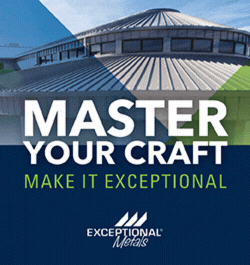
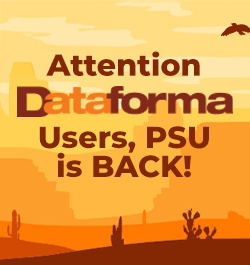
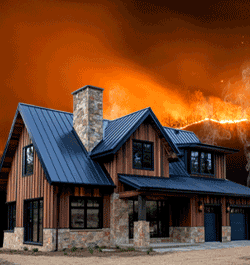
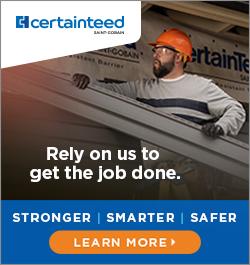

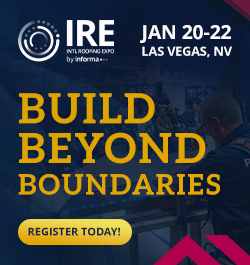

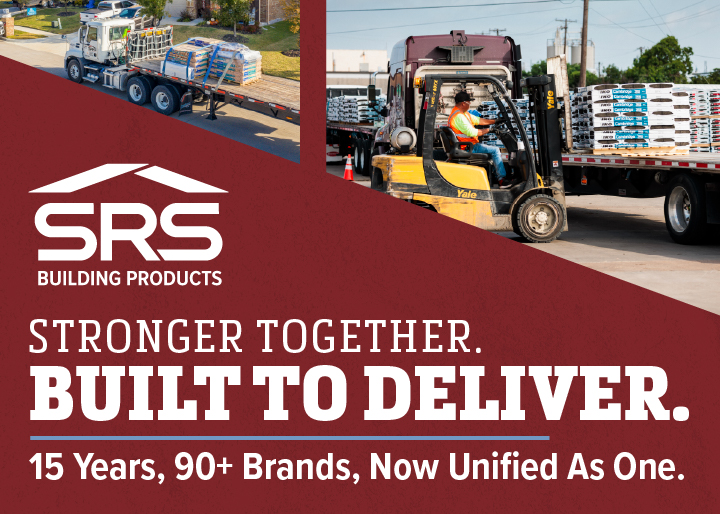

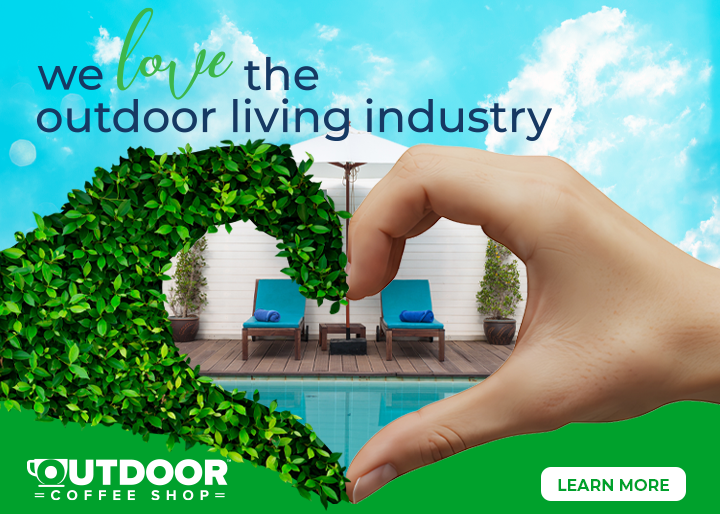
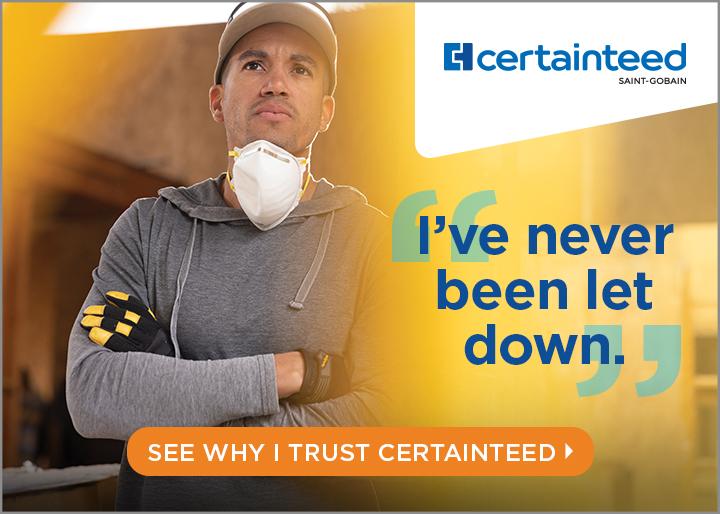

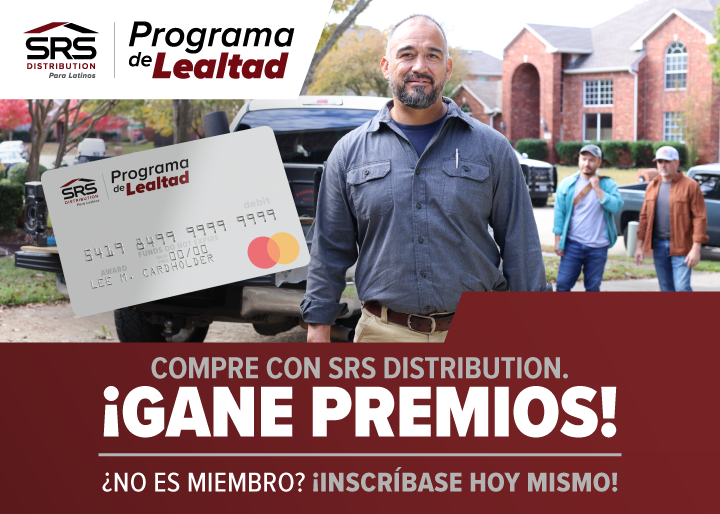

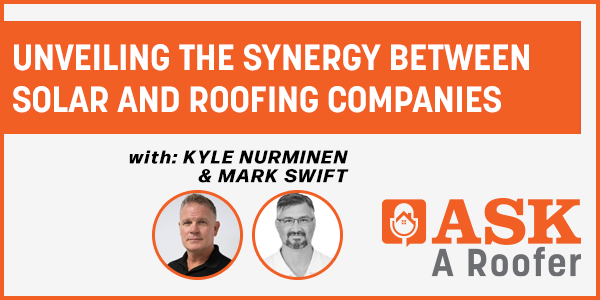
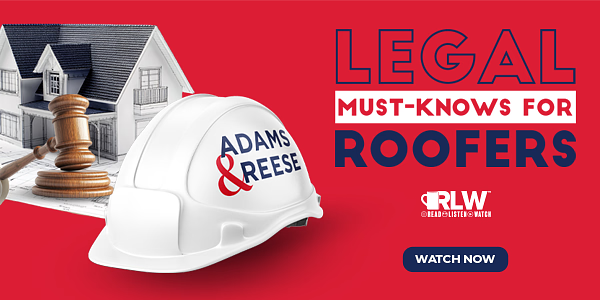
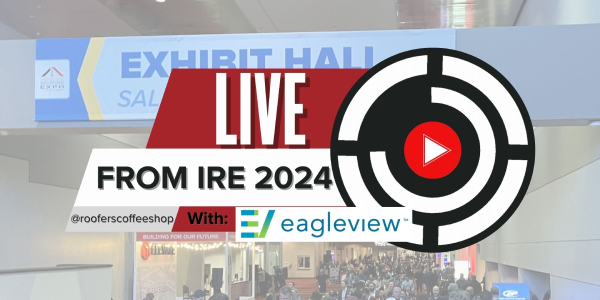

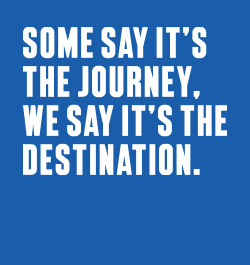
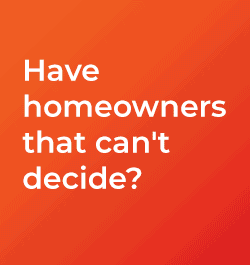

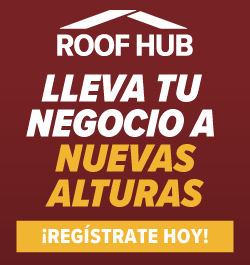
Comments
Leave a Reply
Have an account? Login to leave a comment!
Sign In